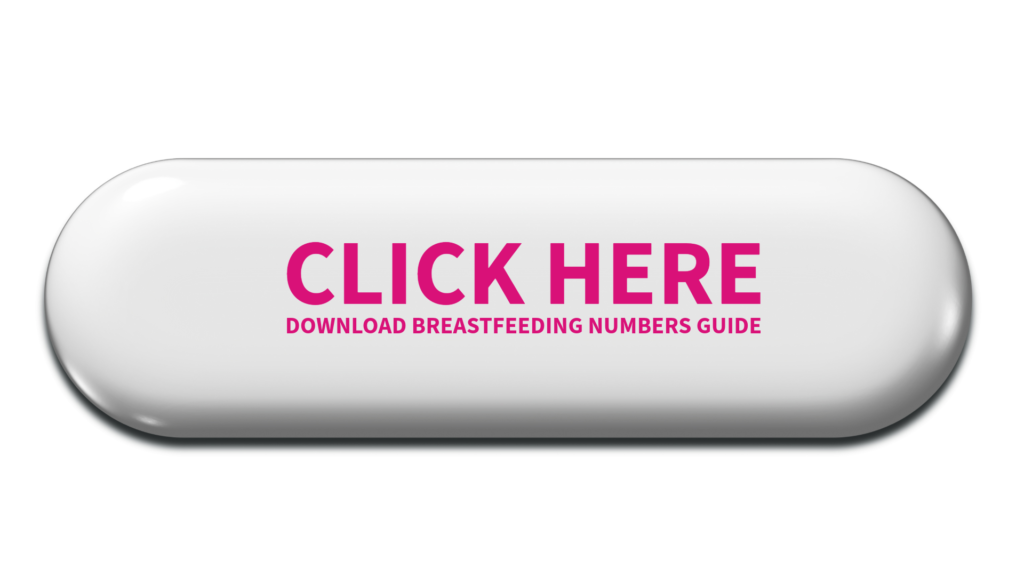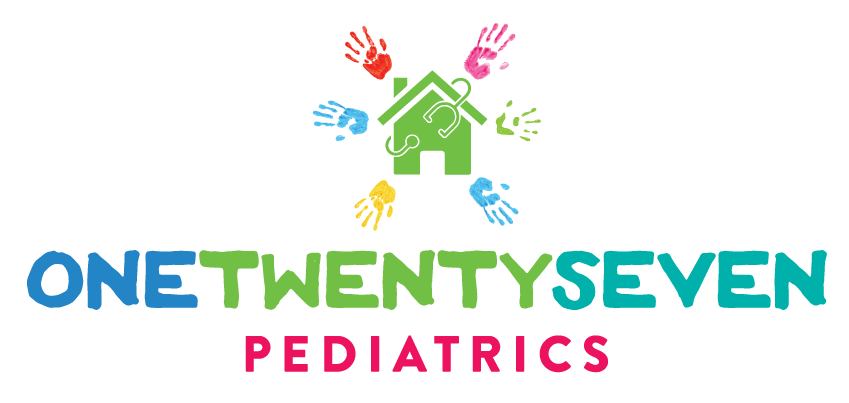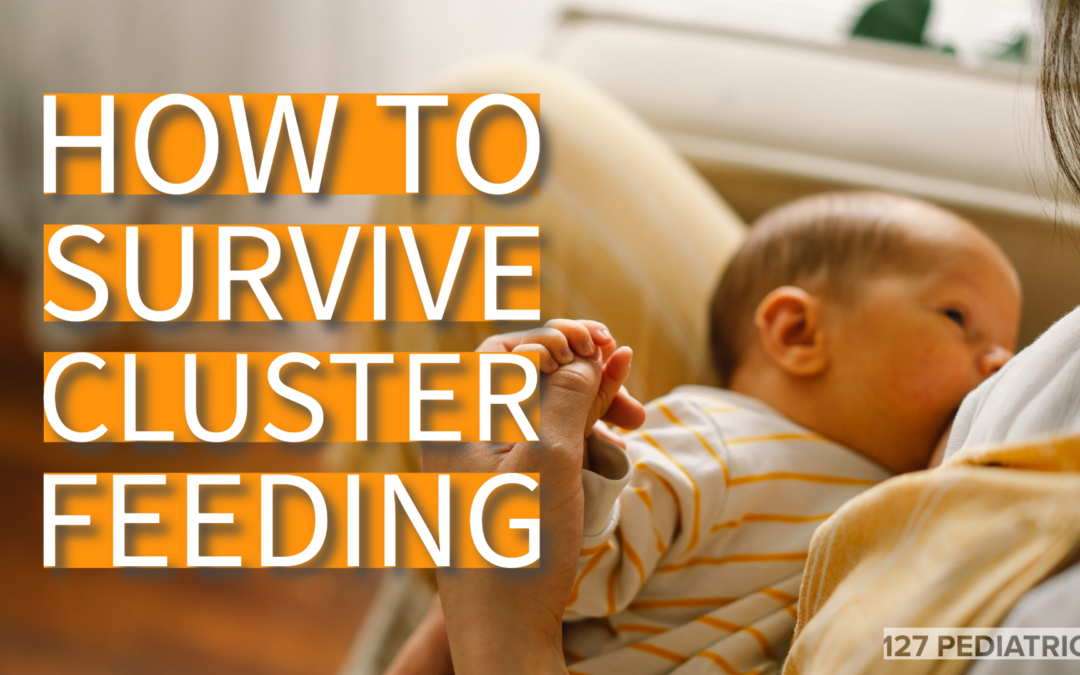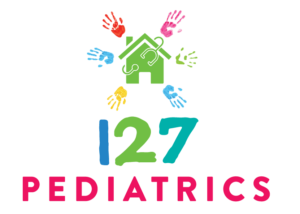As a new mother, you may think that you could never survive cluster feeding. I am here to tell you that you will not only survive but thrive during this time.
How do I know?
I know this because you are here reading this article. As a breastfeeding expert, I am passionate about equipping breastfeeding mothers with knowledge. By learning what to expect when your baby cluster feeds, you will be confident to handle this time of life like a boss.
Cluster feeding defined
Cluster feeding means that your baby demands a feeding session at close intervals throughout the day and night for several days. This can be as often as every hour, especially in the early days of life. These frequent intervals will return to normal after a day or two.
There are different reasons why breastfeeding babies cluster feed:
- In the newborn stage, babies need to eat every hour or less to increase milk production and flow.
- An older baby cluster feeds during periods of growth or when seeking comfort.
Typical feeding patterns
Breastfeeding babies eat often, especially early in life. For the first two weeks, a newborn baby should breastfeed 8-12 times per day, or every 2-3 hours. Breastfed babies may need more nursing sessions than this if they have any issues with transferring milk from the breast and/or gaining weight.
Next, as a baby grows, their milk intake per feeding increases. This results in longer intervals between feedings. Typically, feedings become spaced out to every 3 to 4 hours by around 2 months of age and typically follow a more circadian rhythm. In addition, it is common for babies to require a feeding or two overnight. This is especially true for the first few months of life.
As time goes on, breastfeeding babies become more efficient at transferring breast milk quickly. Usually this occurs for most breastfed babies between 2 and 4 months of life. Your baby will eat what they need in less time and at longer intervals.
Once a baby reaches 6 months of age, they will begin to consume solid foods in addition to nursing sessions. As time goes on and they get better at eating food, your milk supply will gradually decrease as their need for milk decreases.

Other causes of fussiness
Most parents deal with fussy babies. Cluster feeding is not always the cause of fussiness. Babies from 2 weeks to 3 months old go through a phase called purple crying or colic. This fussy period can occur in all babies, regardless of their feeding method.
During this time, the baby cries more as they get older. The crying peaks at around 2 months old and gets better by 3-4 months. The baby cries without any apparent reason and is difficult to soothe. They may make a pained face even though they are not actually in pain. The crying can go on for several hours a day and is more pronounced in the evening hours.
Differentiating between cluster feeding and purple crying can be challenging, but there are some distinctions that can help. Purple crying is characterized by the infant crying without any clear cause, while cluster feedings involve frequent feedings to soothe the baby. It is important to note that purple crying can occur regardless of whether the baby is breastfed or formula-fed. Both cluster feeding and purple crying are normal aspects of infant development.
Causes of Cluster Feeding
Babies eat frequently for various reasons. In the first few days after birth, they cluster feed to stimulate milk production. This behavior helps increase mom’s milk supply. As babies grow, they may cluster feed during growth spurts when they are more hungry. This frequent feeding stimulates milk production to meet their needs. After the first two weeks of breastfeeding, milk production is based on supply and demand. If the baby eats more often, the mother’s breast will produce more milk.
Additional reasons for cluster feeding:
- Seeking extra closeness to their mother
- Adjusting to new situations
- Recovering from an illness.
Low milk supply
Frequent breast feeding does not necessarily mean low milk supply. Breast milk volume varies according to your baby’s age. Cluster feeding can be a normal behavior in the first few months of life. If you’re concerned about your supply, you can speak to a lactation professional and request a weighted feed.
Tracking your baby’s output throughout the day is helpful in determining if they are receiving enough milk. For the first four days of life, a young baby should have at least one wet diaper each day. After day four, they should have more than four wet diapers daily. Additionally, their dirty diapers should transition to a yellow and seedy color by day four to five. Regardless of age, you should be able to hear the baby sucking and swallowing while they are breastfeeding.
If your baby appears frustrated while breastfeeding or is not gaining weight as expected, it is advisable to seek guidance from your baby’s pediatrician or a certified lactation consultant. These behaviors may indicate inadequate milk intake.
Evening Fussiness
Babies can be fussy in the evenings due to a variety of reasons. Some babies become overly tired during the day, leading to increased fussiness in the evenings. Others may cry when they are overstimulated. Some babies may fuss because their parents are finally home after a long day away.
From the age of about 6 weeks to 3 months old, your baby may experience a phenomenon known as purple crying. This means that your baby cries in the evening for several hours for an unknown reason and resists soothing. Unfortunately, this can be a normal part of development for most babies.
Additionally, babies may experience evening fussiness due to medical conditions like reflux or milk protein allergy. These conditions are typically accompanied by other symptoms. If your baby has unexplained fussiness, be sure to alert your pediatrician.
Survival Tips for Cluster Feeding
Motherhood presents a variety of challenges, such as cluster feeding sessions and baby fussiness, which can be particularly difficult for new mothers. It is essential to have a coping plan in place to navigate this stage in your newborn’s life.
Understand that it is common and temporary
Fussiness can occur during the first few months of a baby’s life, while cluster feeding typically occurs for a few days at a time. It is common for breastfeeding babies to experience cluster feeding at various periods within the first 6 months of life. This is a period of rapid growth and every few weeks, your baby will experience extra growth. This extra growth leads to a need for increased calories.
Ask for Help
During this intense period of time, it is important to ask other caregivers for help. You should not feel like you have to do everything alone. While no one else can nurse your baby, they can still help in other ways.
- Ask your partner to bring you water and snacks.
- Take a break and let your mother look after the baby while you go for a walk.
- Call a friend and ask them to do your grocery shopping.
Create a cozy place
Create a nursing station with a comfy chair, nursing pillow, side table, and access to your phone or TV. Keep the space dim and quiet to help your baby stay calm during cluster feeding. This also gives you privacy for skin-to-skin time. A white noise machine and gentle voice add to the peaceful atmosphere.
Treating nipple pain
If your baby nurses often, this can lead to sore nipples. As a breastfeeding mom, you can treat your sore nipples with ointment. In addition, you can use soothing hydrogel pads along with your nipple balm. You can also express breast milk on your sore nipples to help them to heal.
Additionally, you can use a nursing pad to protect them from your clothing.
Take time away
Babies can be exhausting. Take breaks to relax and recharge. Give the baby to someone else for a while between feeding times. If you’re overwhelmed and alone, it’s okay to put the baby in a safe spot and step away for a few minutes.
Baby wearing
Put your little one in a baby carrier during their fussy hours. Wearing your baby in a carrier on your chest can help you navigate fussiness in the evening hours. This is especially helpful if you are juggling other household duties.
Change up your nursing position
There are a variety of ways to hold a baby while breastfeeding. If your baby seems to be fussy in a certain position, don’t be afraid to change things up. Changing breastfeeding positions can also give you and your baby variety during nursing sessions.
In addition, you can add on some breast compression or “hands on” nursing to increase the milk flow to your baby.
Carve out time
Cluster feeding is a temporary phase that typically lasts for a few days at a time. If you notice your baby showing signs of cluster feeding, it is important to acknowledge it. This phase is a natural part of their development. It may require you to dedicate time to your baby’s intense feeding needs for a few days while everything else falls by the wayside.
How Can 127 Pediatrics Help?
At 127 Pediatrics, we offer in person pediatric and lactation care through a home visit model. We see you and your children in the comfort of your own home. If you are local to the Colleyville area, Dr. Wadley would love to see you for a lactation and breastfeeding medicine consult. Visit our website to find out how to schedule.
We also offer additional breastfeeding resources and we invite you to join our email list and/or subscribe to our YouTube Channel.

© 127 Pediatrics, February 2024
This article is for informational purposes only and is not medical advice

Dr. Wadley is a board certified pediatrician and board certified in breastfeeding medicine. She opened 127 Pediatrics in July 2018 as a way to provide a different option for pediatric and breastfeeding care in the DFW metroplex. She is passionate about helping breastfeeding mothers to reach their goals.


